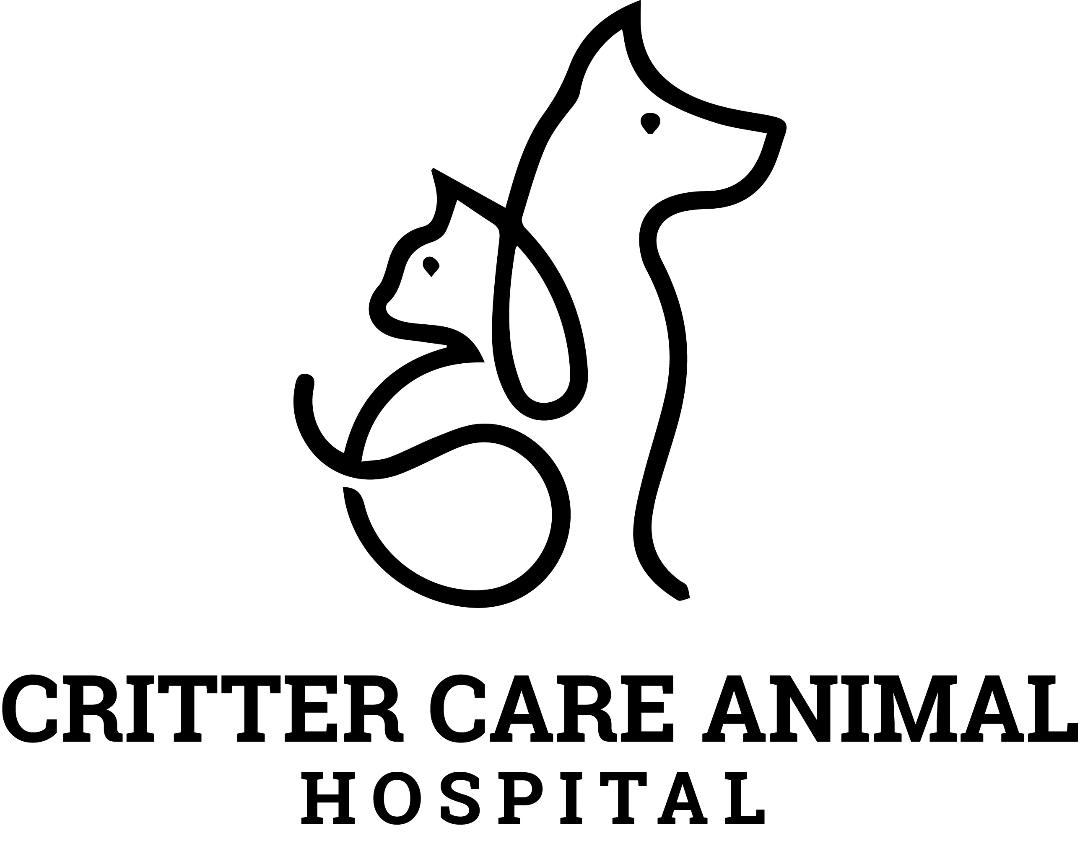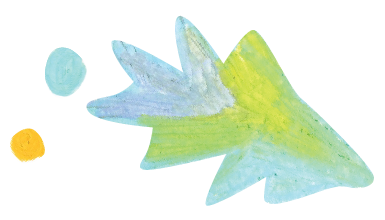Library
-
Cat food labels can certainly be confusing to interpret. In the United States, the Association of American Feed Control Officials (AAFCO) has developed model laws and regulations that states use for animal feeds. In Canada, pet food labeling guidelines are regulated by the Consumer Packaging and Labeling Act administered by Industry Canada. The Canadian government's Competition Bureau also has an extensive working group that upholds a voluntary code of conduct for the labeling and advertising of pet food. The most important information when comparing one dog food to another is the guaranteed analysis. Ingredient lists are somewhat useful when evaluating a particular cat food, but it is important to recognize the limitations. Talk to you veterinarian about the ingredient list and nutrient profile to help choose the diet that is right for your cat.
-
Your veterinarian wants to keep your pet healthy and the fact is that people who are better informed take better care of their pets. Do not be overwhelmed by “medicalese”. Try your best to understand this foreign language and if you cannot quite decipher it, ask your veterinarian to speak more plainly.
-
Degenerative joint disease is arthritis caused by deterioration and degeneration of tissues lining joints. It is an under-recognized condition in cats. Treatment involves modification of the home environment, regular gentle exercise, anti-inflammatory drugs and other medications, omega fatty acids, chondroprotectants, and possibly other nutraceuticals. Maintaining your cat’s weight can help prevent degenerative joint disease.
-
Cleaning your cat's teeth every day at home will help prevent plaque and tartar build-up. Use of a pet toothpaste is recommended, but even wiping a Q-tip across your cat's teeth and gums goes a long way to reduce plaque and tartar accumulation. For proper dental evaluation and care, your cat must be safely placed under general anesthesia. The examination usually includes dental X-rays and probing to evaluate gum bleeding and periodontal pockets. Tooth scaling will be performed, using both hand and ultrasonic scalers, to remove tartar above and below the gum line.
-
Dental disease, also known as periodontal disease, is a condition in which the tissues supporting the teeth become inflamed. When a pet develops dental disease, significant quantities of bacteria reside within the mouth and the oral tissues. These bacteria can enter the bloodstream and travel to other areas such as the liver and kidneys, causing distant or systemic effects.
-
Dental disease is one of the most common medical conditions seen by veterinarians. The most common types of dental disease in cats are periodontal disease and tooth resorption. This article discusses the most common dental diseases in cats, signs, diagnostic procedures, treatments, and preventive steps to keep a cat’s teeth healthy.
-
Dental pain may take on a variety of appearances, but often, a cat will not show any outward signs of pain. The only effective treatment for dental pain is to address the cat's underlying dental disease. The best way to prevent dental pain is to ensure that your cat receives regular dental care through a home dental care plan and regular veterinary dental care.
-
Miliary Dermatitis in Cats
La dermatitis miliar es un término general usado para describir una condición cutánea en los gatos que normalmente suele ser consecuencia de una reacción alérgica. Debido a que la mayoría de las dermatitis alérgicas o reacciones de la piel en los gatos son provocadas por una alergia a las pulgas, los dos términos han llegado a ser sinónimos.
-
La desensibilización sistemática es un método de adiestramiento utilizado para reducir el comportamiento indeseable de un animal en respuesta a un determinado objeto o situación. Es la forma más efectiva de tratar miedos y fobias.
-
Desmopressin is administered into the eye or is given as an injection and is used off label to treat diabetes insipidus and von Willebrand disease. Give as directed by your veterinarian. Side effects are uncommon but may include irritation upon application to the eye. Do not use in pets that are allergic to it or pets that are prone to blood clots, such as those with heart disease. If a negative reaction occurs, please call your veterinary office.

